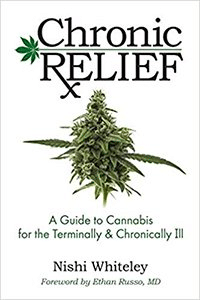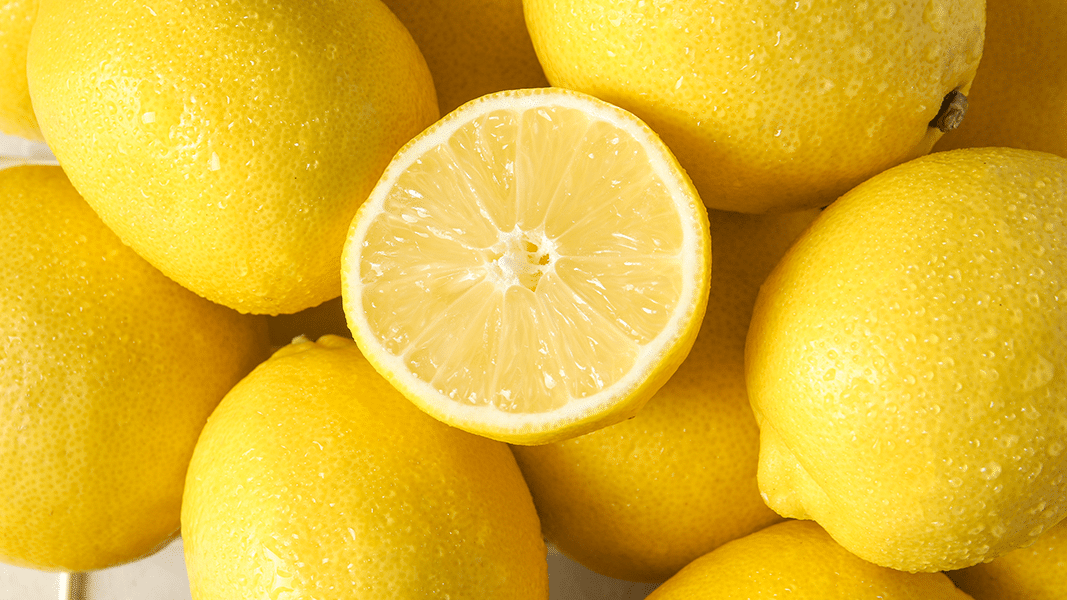One of the most important factors of good health is how our body manages oxidative stress. This is a natural process that occurs at the cellular level. When energy is created in the cell, waste products called free radicals are generated. Free radicals also result from stress and exposure to environmental toxins such as cigarette smoke and smog as well as ingested toxins such as fluoride.

Free radicals are molecules containing an unpaired electron. Electrons are negatively charged particles that like to be paired with other electrons. If an electron is unpaired, it gets “lonely” and pulls a partner off neighboring molecules causing more lonely electrons and more partner stealing from neighboring cells resulting in a cascade.
The body’s response to all this is to use antioxidants to stabilize the free radicals disabling them from doing damage to the DNA in our cells. However, if there are too many free radicals and not enough antioxidants present in the body, free radicals can go as far as stealing particles from your DNA, which can lead to cancer, Alzheimer’s disease, atherosclerosis, autism, heart disease, Parkinson’s, and stroke to name a few. This damage is known as oxidation. This is the same process that rusts metal or turns an apple brown after it is cut. Too much oxidation is likely to make us sick and old before our time. In the same way that paint protects metal from rusting or lemon juice protects apples from turning brown, cannabinoids protect our cells from oxidation.
Antioxidants are molecules that act as electron donors; they give out electrons to lonely electrons in free radicals creating a pair and preventing the molecule from stealing electrons from healthy neighbors. Antioxidants are produced in the body and occur naturally in food. Antioxidants come in the form of vitamins, minerals, and flavonoids. Commonly known antioxidants include vitamins C and E, Coenzyme Q10, lipoic acid, ginkgo biloba, and lesser known antioxidants such as glutathione.
Much like cannabinoids produce an entourage effect, antioxidants have a “network effect,” too. In his book The Antioxidant Miracle: Your Complete Plan for Total Health and Healing, noted antioxidant researcher Lester Packer explains that antioxidants work together to support each other and therefore are much more powerful together than on their own. Their cumulative, synergistic effect gives the body the most benefit. Sound familiar? Additionally, research on antioxidants is starting to indicate that whole plant sources are much more effective than extracted supplements in the same way whole plant medicines from cannabis are better than isolated cannabinoids.
THC and CBD are powerful antioxidants—more powerful than vitamin C and E. In fact, the U.S. Government Patent 1999/008769 is specifically for the neuroprotectant and antioxidant properties of cannabinoids. The government has known about this for some time. The patent explains that cannabinoids work in different ways to help repair oxidative damage giving the example:
“[T]he ischemic or neurodegenerative disease may be, for example, an ischemic infarct, Alzheimer’s disease, Parkinson’s disease, Down’s syndrome, human immunodeficiency virus (HIV), dementia, myocardial infarction, or treatment and prevention of intraoperative or perioperative hypoxic insults that can leave persistent neurological deficits following open heart surgery requiring heart/lung bypass machines, such as coronary artery bypass grafts.”
About the antioxidant properties of cannabis and cannabinoid compounds the patent states: “… that includes cannabinoids that act as free radical scavengers for use in prophylaxis and treatment of disease.” This patent shows that the U.S. government sees plant cannabinoids as an effective medicine for treating disease and even preventing it.
This patent was filed by three highly respected government researchers: Aidan J. Hampson, Julius Axelrod (1970 Nobel Prize Winner), and Maurizio Grimaldi. Their work and our patent (“We the People” own the patent) may ultimately serve as a springboard to develop products that help protect the brain and body and reverse oxidative injury.
A diet rich in antioxidant foods such as red beans, cloves, acai, dark chocolate, cranberries, cannabis, blueberries, pecans, other nuts, and garlic, to name a few, can help reduce inflammation and cellular damage either to prevent disease or help fight it. Cannabis alone is not a cure-all for every ailment but an integrated approach of healthy changes for healing mind, body, and soul that increases your likelihood of benefiting from cannabis. I cannot help but wonder: since cannabis is a stronger antioxidant than vitamins C and E, and since antioxidants create a synergistic effect (improving the effects of other antioxidants they are combined with) doesn’t combining cannabinoids with other antioxidants stand a good chance of creating great benefit to the body by preventing oxidation and aging? I’ve not yet found a study reflecting this, but I am willing to place my bet on a favorable outcome when the research is done!
An excerpt from Chronic Relief: A Guide to Cannabis for the Terminally & Chronically Ill (2016). Nishi Whiteley, a Project CBD research associate and contributing writer, is the author of Chronic Relief. This piece was reprinted by Project CBD with permission. It may not be reproduced in any form without approval from the source.

